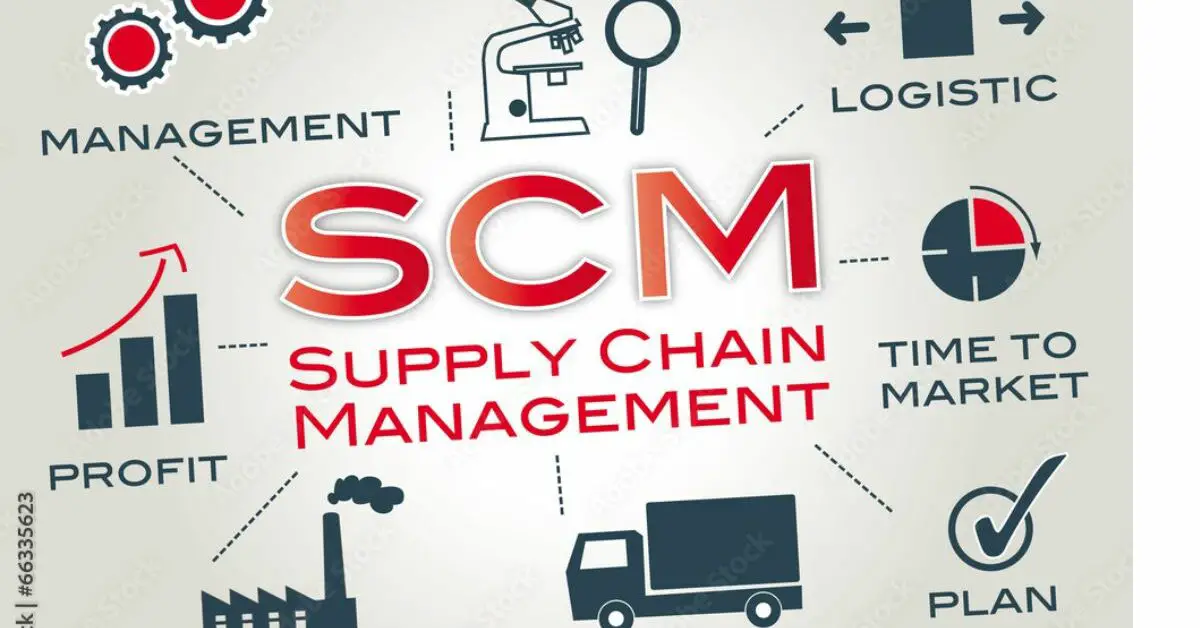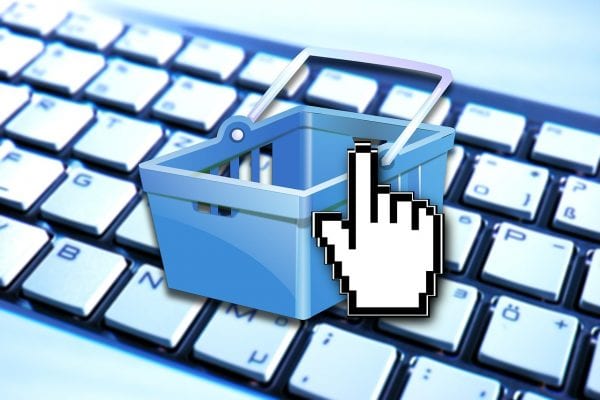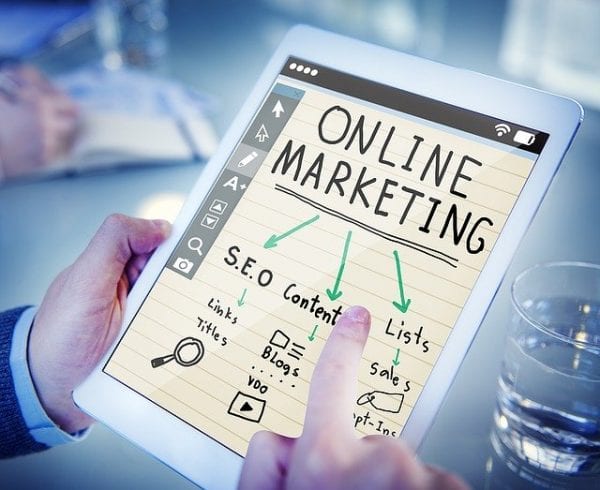Effective supply chain strategies and management will ensure an effective flow of products along the supply chain line which usually involves the manufacturer, retailer, distributor, and finally, the customer. Supply chain management has become a very important part of the e-commerce industry that business owner has to take seriously if they want to run a successful online business.
Therefore, for your business to succeed in the e-commerce industry, you need more than a website, a social media presence and a large product catalogue to outgrow your competitors. You need to ensure that your products get to your customers as ordered, in record time, at minimal cost, without compromising quality or integrity. That is why you need an effective supply chain strategy to differentiate your eCommerce business from that of your competitors, increase customers, make more sales and improve your overall customer experience.
In this blog post, we will look at some supply chain strategies to help improve your e-commerce business. But before that lets us take a look at what we mean by supply chain management.
What is Supply Chain Management?
According to Investopedia, supply chain management refers to the management of goods and services and includes all processes that transform raw materials into final products. It involves the management of the flow of information, resources and funds among the different entities and stages of the eCommerce supply chain, from the supply of raw materials to the delivery of finished products to the consumer. It includes everything from product development, sourcing, production, and logistics, as well as the information systems needed to coordinate these activities.
The entities in the supply chain management include the suppliers, producers, vendors, warehouses, logistics and transportation companies, distribution and fulfilment centres and the end buyer. Each entity controls a particular link in the supply chain and contributes to your overall success or failure in meeting your customers’ expectations.
Flowing from the above, it can be deduced that every product that reaches an end-user does so through the cumulative effort of multiple vendors and manufacturers.
How Does E-commerce Supply Chain Management Work?
The eCommerce supply chain journey starts with the manufacturer and goes through some other entities and stages and ends with the final consumer which is the most important part of your supply chain journey.
The e-commerce supply chain journey works both ways. Product flows from the supplier or manufacturer to the end consumer and cash flows from the end consumer to the supplier or manufacturer. The manufacturer converts the raw materials from the supplier to the finished product, which is then transported to the warehouse and fulfilment centres. From that point, products are either bought by wholesalers or retailers who in turn sell to the end consumer who placed an order.
However, supply chain management systems have evolved to include technologies like software solutions and artificial intelligence to improve efficiency and speed at every stage of the supply chain journey.
The Five Stages of eCommerce Supply Chain Journey
The e-commerce supply chain journey goes through different stages. They include:
- Planning: In this stage, business owners collect and analyze data that is needed to determine the kind of inventory that will meet customers and market demands. This can be done through surveys, research and reviewing of market analytics
- Sourcing: This stage involves e-commerce business owners searching for vendors, suppliers and manufacturers that can help with the inventory needed to meet their customers’ demands.
- Making: At this stage of the e-commerce supply chain journey, raw materials are converted into finished products, then tested, packed and stored for delivery to the end customers.
- Delivering: This stage involves the movement of goods or products down to the end consumer. It is also known as logistic(every form of movement of the product to the consumer)
- Handling returns: At this stage, any defective or expired good or products is being returned and processed by the retailer and sent back to the supplier.
Each stage of the supply chain management journey contributes to the overall efficiency of the supply chain.
Why Do You Need A Supply Chain Strategy?
Leveraging a supply chain strategy for your e-commerce business can make several positive impacts on your business. As a business owner, your focus should be on achieving the lowest costs and fastest production cycles. That is, your business should be able to deliver goods to the end consumer without delay and at a much lower cost.
Statistics show that businesses experience about 79% in revenue growth, with 50% fewer inventory holdings, followed by a 15% lower cost in supply chain management when compared to other companies within their industry.
Benefits of a supply chain strategy include:
1. Timely Delivery
Effectively identifying and improving upon anything that causes a delay in the supply chain journey will ensure that you deliver goods to your customers at a faster rate and in good conditions. Shipping goods to the consumer is one of the most important stages in the supply chain journey to get right since the consumer is the most important part of the supply chain journey. If you get it right, delivering goods on time can help you reduce cart abandonment and give you a competitive advantage over your competitors. One major thing that affects shipping is the location (where your supplier or manufacturer is located). Forming the right partnerships with reliable manufacturers and distributors can sometimes prove to be effective when it comes to shipping. Having a logistic department and a reliable mode of transportation can also help with shipping problems.
2. Reduced cost of operation
An effective supply chain strategy ensures that the accurate product gets to your customers. This reduces the cost incurred in processing returns and the loss of sales that it may lead to. Choosing the right mode of transportation and partnering with the right manufacturer can also help you reduce your cost of operation. Leveraging automation technologies like Order management systems, and artificial intelligence can also help you reduce the cost of operation.
3. Enhanced Customer Satisfaction
If you strategize your e-commerce supply chain effectively, it will lead to customer satisfaction and retention. Customer satisfaction is an important factor for the success of an e-commerce business. When goods are delivered on time and in good condition, customers are happy and they will gladly refer their friends and families and even drop reviews on your website.
4. Accurate forecasting
Effective supply chain management through various e-commerce tools provide real-time data on your customers’ needs, your warehouse’s capacity, product life cycles and the capacity of your logistics. This data allows e-commerce business owners to predict customers’ demands so they can proactively procure the inventory needed to meet these demands.
5. Accurate Inventory Management
Inventory management is an important part of the e-commerce supply chain. Effectively optimizing your inventory can help you avoid unnecessary stockouts and dead stock, forecast future demand, simplify inventory valuation and help with overall stock control. This can be done by regularly auditing inventory, and leveraging inventory management software.
Some E-commerce Supply Chain Strategies
1. Efficient Inbound Supply Chain
Getting your inbound products on time and as ordered is very essential in reducing shipping times and costs. An efficient inbound supply chain can be achieved by partnering with reliable manufacturers and distributors who have a reputation for high standards of customer service, packaging, and communication. Determine which vendors cause the majority of the delay and cost problems and you can find other alternatives. You can also implement vendor compliance programs and determine what inbound and fulfilment activities such as ticketing and final inspection can be done at a cheaper and faster rate to achieve an efficient inbound supply Chain
2. Reduce Shipping Times and Costs
Research shows that Amazon can ship to about 72% of the US population in one day. These statistics show that a lot of pressure is on the e-commerce industry especially startups hoping to gain new customers. This means that if you can’t improve on your shipping speeds, your customer will go for that of the competitors. High shipping and slow delivery speeds can increase shopping cart abandonment rates. About 44% of online customers abandoned their purchase because of high shipping costs and 24% of customers cancel orders due to slow delivery speeds. Furthermore, over 73% of e-commerce shoppers expect cheap and swift delivery.
Flowing from the above, it can be deduced that e-commerce business that offers low shipping costs and fast delivery speeds are likely to retain customers and increase word-of-mouth referrals. One way to offer fast delivery speed and reduce costs is by working with a third-party logistics company that has multiple fulfilment centres. They can ship from the facility closest to your customer to get the product to them faster and cheaper.
3. Accurate and fast paperwork
Every e-commerce business’s aim should be to limit human errors that can reduce customer satisfaction. Errors tend to reduce the efficiency and trust people have in a business. To avoid this, e-commerce business owners should focus on automating some e-commerce processes which can greatly reduce the effects of human error. Investing in inventory and order management software can greatly reduce purchase entry, shipping details and account information errors.
Furthermore, using barcode technology can help convert barcodes on products into readable data and information. This can help companies track goods in transit reducing the need for a middle man and the likelihood of human error. Use barcode technology in the areas of tagged picking, packing, returns, shipping/manifesting, cycle counts, value-add functions, and labour tracking.
4. Increase Your warehouse capacity
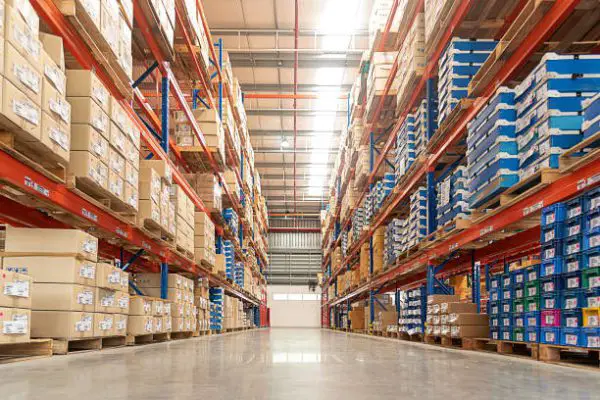
By increasing their warehouse capacity, companies can increase workers’ productivity, reduce inventory errors, and avoid safety risks. The e-commerce business keeps growing and expanding daily because of the huge opportunities the industry presents. More people including manufacturers are now taking advantage of that trend to tap into the industry making an increase in demand and competition for warehouses inevitable.
However, moving to a new centre is not always the answer. That’s why you need to know how to maximize your warehouse capacity to prevent warehouse congestion. Let’s face it, without a proper layout and design of your distribution centre, you are bound to face some capacity challenges, decreased productivity, and storage inadequacies. However, if you address some of these issues, your company can delay a move to a new facility.
To maximize your warehouse space, store products that only sell during a specific season in temporary storage. Another method is to increase space efficiency by using areas of your warehouse that you had not considered using before. You can extend your racks and reduce the width of aisles. The Warehouse Management System(WMS) technology system can also help you suggest the best routes to pick out or store products.
5. Partner with a Third Party Logistics
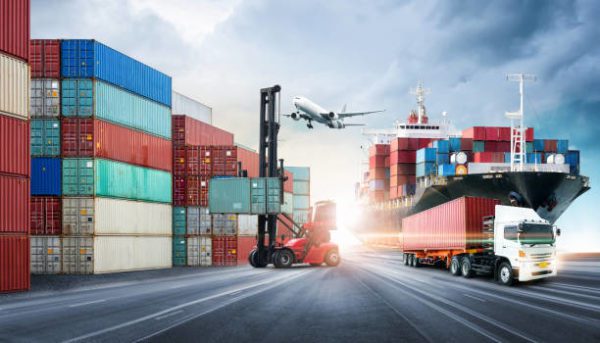
Many companies lower shipping and fulfilment costs by partnering with third-party logistics (3PL) companies that have more capacity than their resources. By partnering with a third party logistic company, you can identify gaps in your supply chain and provide solutions to your warehouse, inventory, order, and transport issues. They can also offer expert knowledge and resources to ensure your supply chain is as streamlined as it can be. They help eliminate infrastructure setup, workload management, and ongoing maintenance. With third party providers, you don’t have to worry about procuring warehouse space, restocking shipping supplies such as labels, cartons, and pallets, and overhead costs like utilities and rent. All this is taken care of by the company.
6. Leverage Technology
Technology is another supply chain strategy you can leverage for your e-commerce business. It has made it possible to deliver goods on time, reduced the number of errors made on inventory and also allowed for easier communication between companies and customers.
Leveraging some software programs like order management tools, live chats, customer relation management tools and other business software programs can help reduce manpower costs and processing times. E-commerce businesses should leverage artificial intelligence where they can e.g. in accounting work and some administrative work.
Incorporating the use of artificial intelligence and machine learning technologies can help e-commerce businesses validate invoices, create confirmation emails, allocate cash, and process orders at a far more efficient rate.
7. Implement real-time inventory management
If an inventory is not managed well, inventory can be a challenge to your e-commerce business. The right inventory management system or an ERP inventory system can help you prevent stockouts, optimize freight shipping from your manufacturer, and speed up customer deliveries. Furthermore, you can also access a pool of data and analytics to help you make better decisions on how to improve your supply chain.
Conclusion
The goal of effective supply chain management is to ensure that products get to your customers as ordered, in record time and at minimal cost, without compromising quality or integrity. Therefore optimized supply chain management is at the very core of any successful online business. It can reduce help reduce operating costs and increase customer satisfaction and retention. However, to achieve effective supply management, you need to implement some of the above supply chain strategies.

